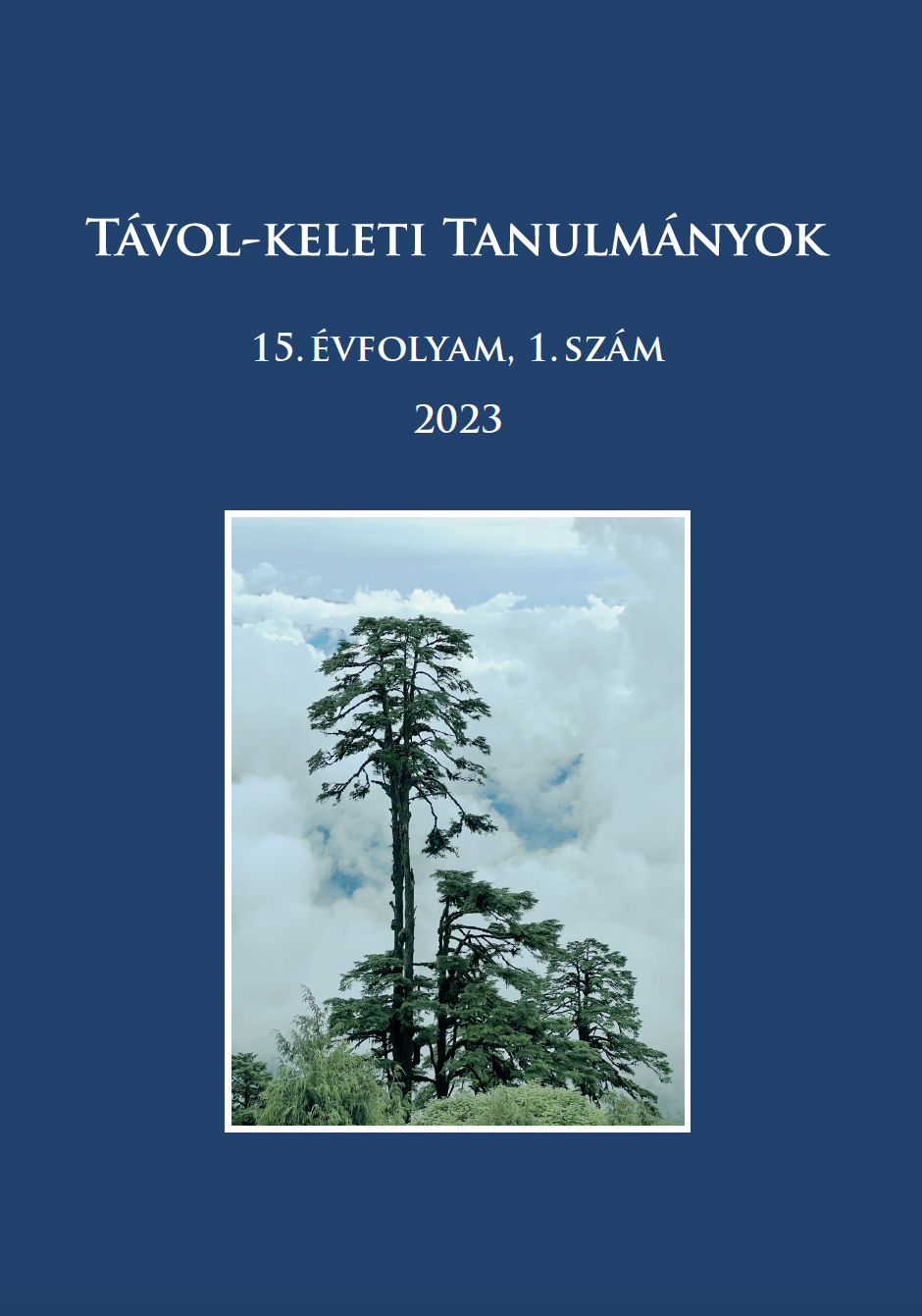Kelet és Nyugat találkozása Hishida Shunsō Samantabhadra ábrázolásán
Encountering East and West in Hishida Shunsō’s Samantabhadra Painting
Author(s): Mónika KissSubject(s): Visual Arts
Published by: Eötvös Loránd Tudományegyetem
Keywords: Japanese painting; nihonga; Meiji; Okakura Tenshin; Hishida Shunsō; Japanese Buddhism; Buddhist art; Samantabhadra Bodhisattva; Fugen Bosatsu
Summary/Abstract: Hishida Shunsō 菱田春草 (1874–1911) was one of the first generation nihonga painters in the Meiji Era. This ‘new’ style or genre was promoted as the rescue mission of traditional Japanese painting in the face of the rapid spread of Western painting styles and techniques. Although the interest in Shunsō’s art has been steadily growing in the past couple of decades in Japan, his work, especially his Buddhist paintings, is still rather unknown among Western researchers.In this paper, I introduce one such painting with a Buddhist subject matter. The painting is titled Fugen Bosatsu(Samantabhadra Bodhisattva) and depicts a young boy reading on top of an elephant. The painting itself is not commonly known. Although its date is unknown, I present proof that it must have been completed before 1903, when Shunsō journeyed to India with his fellow nihonga artist and friend, Yokoyama Taikan 横山大観 (1868–1958), to discover contemporary Indian religious art. These travels evidently brought about changes to the style of his Buddhist paintings. I argue that Fugen Bosatsu constitutes a borderline in Shunsō’s religious paintings and that it is stylistically different from his paintings made after his Indian sojourn. In Fugen Bosatsu, his depiction of the deity has many traditional roots; however, it is an iconographical hybrid, mixing Zen precedents of Shaka triads and the lesser known Chigo Fugen (Samantabhadra depicted as a young boy). Moreover, Shunsō set the elephant’s realist depiction against the traditionally carried out contoured image of the boy. Therefore, this painting is one of the best examples showing how nihonga artists combined their Eastern (Japanese in this case) heritage with Western art techniques and materials, newly introduced to Japan in the Meiji Period.
Journal: Távol-keleti Tanulmányok
- Issue Year: 15/2023
- Issue No: 1
- Page Range: 117-140
- Page Count: 24
- Language: Hungarian

